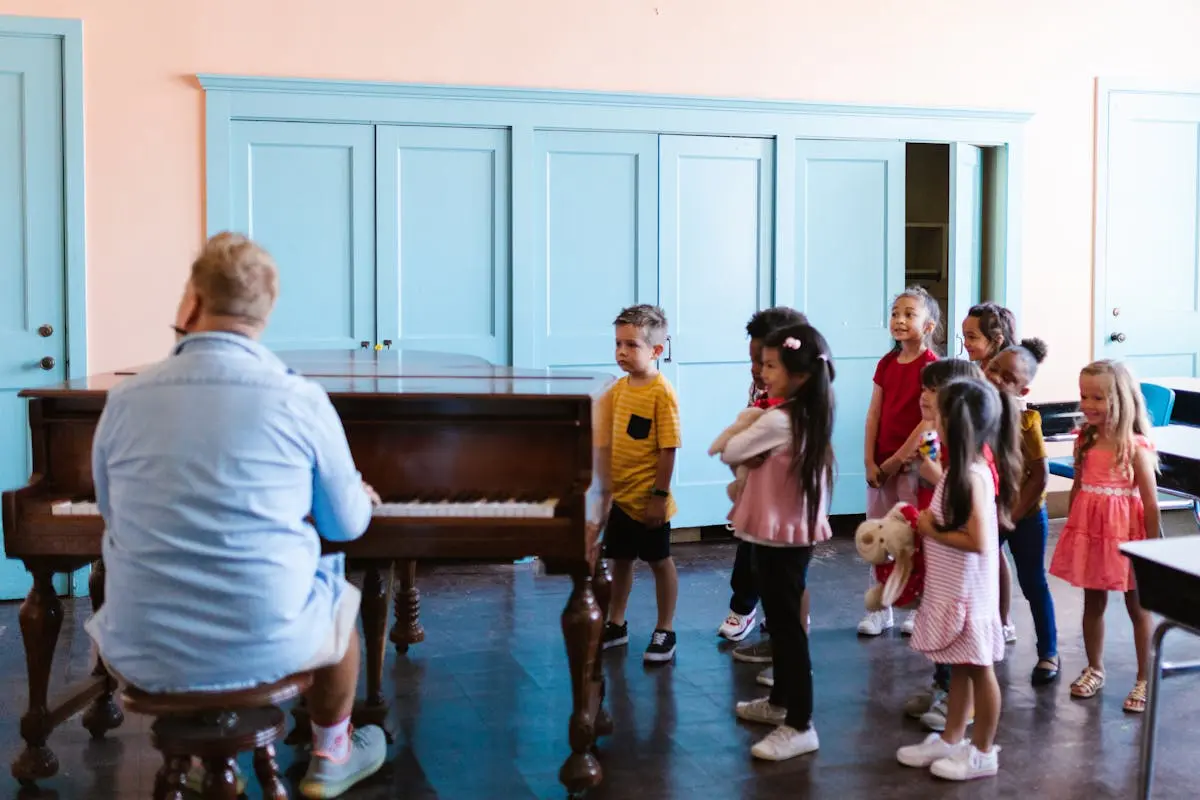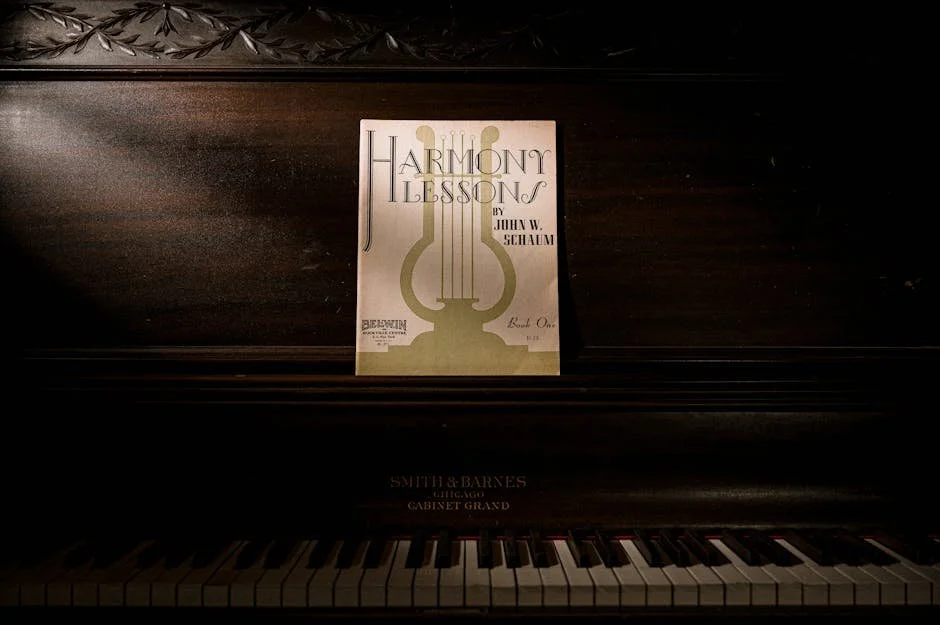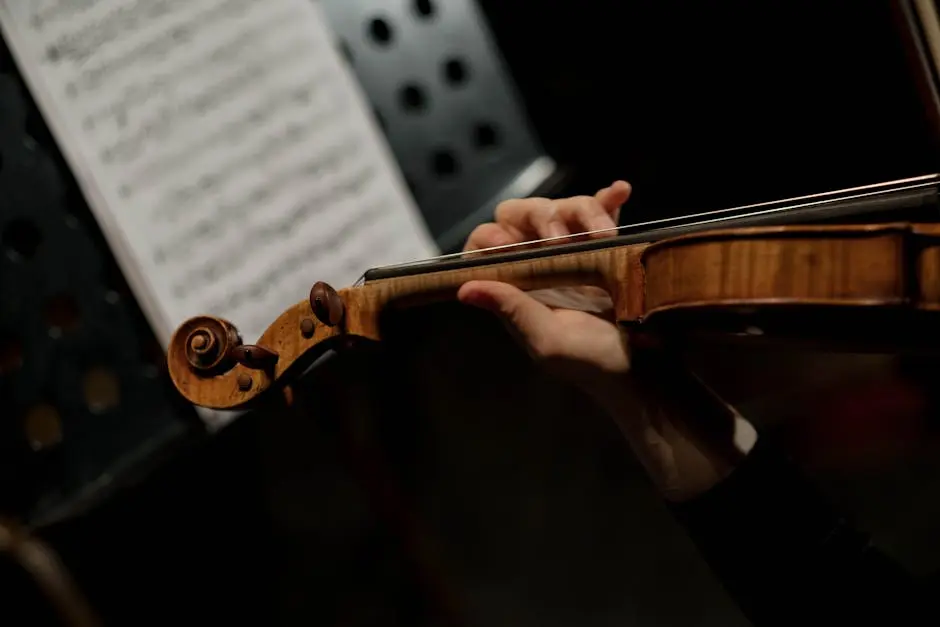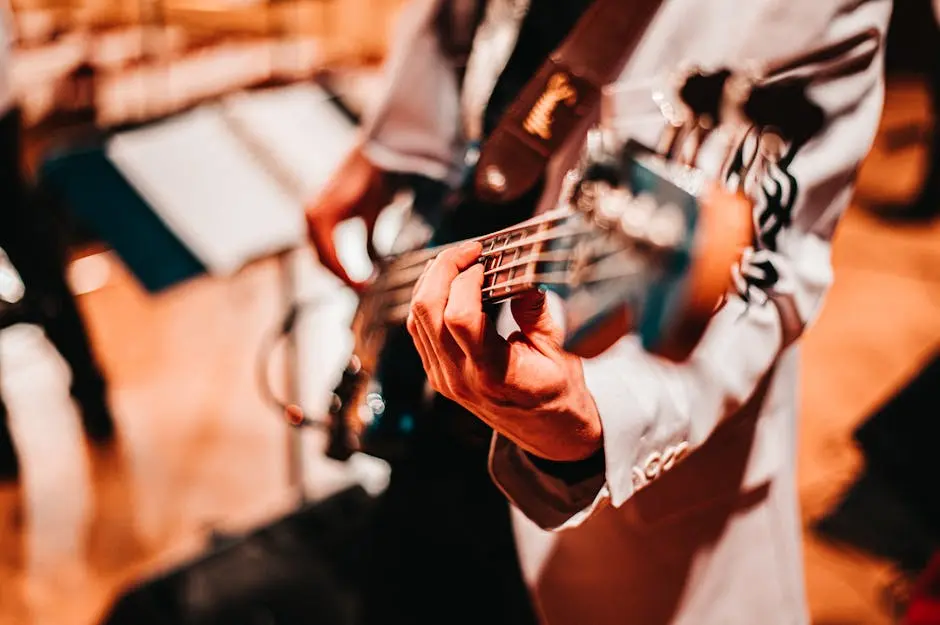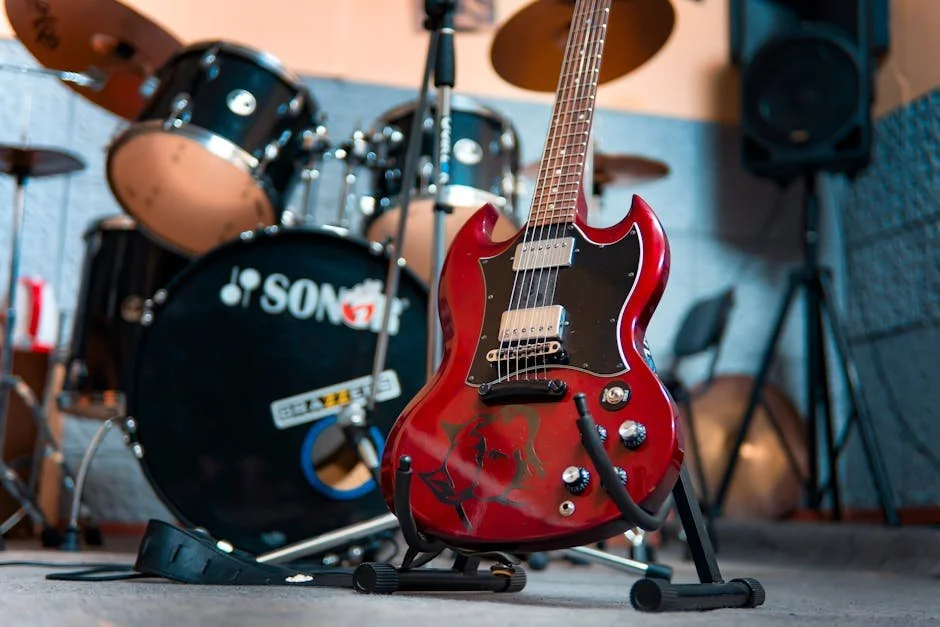Group music lessons in Allen, TX offer a unique way to experience music education. Whether you're a beginner or looking to refine your skills, these lessons provide a fun and encouraging atmosphere where students can thrive together. In this blog, we'll dive into the benefits of group lessons, what to expect, and how they can enhance your musical journey.
The Benefits of Group Music Lessons
Group music lessons in Allen, TX offer numerous advantages that can enhance your musical experience. One of the most important benefits is the unique collaborative environment these lessons provide. Learning in a group fosters a sense of camaraderie, where each person's progress motivates the others. This dynamic supports beginners who might otherwise feel intimidated in individual lessons. Together, students can explore concepts such as rhythm and melody, ultimately deepening their understanding of music.
In group settings, instructors often introduce a variety of musical styles and instruments, allowing students to broaden their musical horizons. Whether you're playing the guitar, piano, or drums, experiencing different genres can spark inspiration and creativity. Not only do students build their skills, but they also develop a concept of teamwork that is vital for any musician. Learning how to adapt and listen to your peers enhances both individual and collective abilities.
Another appealing facet of group music lessons is the affordability factor. Many music schools in Allen, TX offer rates that make group lessons significantly cheaper than private sessions. This aspect makes it easier for students of all ages and backgrounds to access quality music education. Moreover, with more individuals sharing the cost, the financial commitment becomes less daunting, allowing more people to experience the joys of learning an instrument in a friendly atmosphere.
Building Confidence Through Collaboration
Collaboration in group settings is an exceptional way to build confidence among students. When practicing together, individuals often feel more comfortable trying new things, knowing they are not alone. Group music lessons create a safe space where mistakes are embraced as part of the learning process. This environment encourages students to step outside of their comfort zones and explore their musical potential.
As students play together, they also receive instant feedback from their peers. This feedback is invaluable; it often highlights areas of improvement without the pressure of a formal critique from an instructor. Over time, students learn to trust their instincts, recognize their strengths, and work on their weaknesses. This process fosters a growth mindset that is essential not only in music but in all aspects of life.
Moreover, participating in performances with fellow students builds a sense of accomplishment and pride. When a group successfully executes a song, the feeling of collective achievement boosts each member’s self-esteem. These moments create lasting memories that contribute to musical journeys, encouraging individuals to continue improving both as musicians and individuals.
Enhancing Listening Skills with Peers
One of the lesser-discussed benefits of group music lessons is the enhancement of listening skills. In a group setting, students must constantly listen to one another to stay in tune and keep time. This active engagement helps foster a keen sense of awareness regarding different musical elements. Individuals learn to discern subtle differences in pitch, volume, and rhythm, which significantly elevates their musical literacy.
Listening to peers also allows students to develop their sound quality and improve their own playing. By observing the techniques of others and understanding how they fit into the ensemble, individuals can better grasp musical concepts. This, in turn, elevates the entire group’s performance and helps them grow collectively. Over time, these skills translate well into personal practice, ultimately making students more versatile musicians.
Additionally, group lessons often involve improvisational activities, which greatly enhance listening skills. When students are encouraged to create melodies or harmonies spontaneously, they learn to listen intently to the musical dialogue taking place around them. This skill is invaluable in various musical settings—whether jamming with friends or performing on stage, acute listening skills become essential.
Social Connections: Making Friends through Music
Joining group music lessons in Allen, TX offers an incredible opportunity to forge new friendships through a shared passion for music. When students come together with a common goal, lasting bonds naturally form. The music serves as a powerful medium, breaking down barriers and creating a sense of belonging.
The interactions in group lessons transcend just music practice; they often lead to social activities outside of class. Forming study groups, participating in community events, or simply hanging out after lessons can enhance the overall experience. These connections may lead to lifelong friendships, providing not only support in musical endeavors but also creating a strong support network in life.
Furthermore, group lessons often culminate in performances or showcases, which can be thrilling and rewarding experiences. The excitement of sharing your hard work with an audience is often further amplified by the companionship of fellow musicians. Performing together builds camaraderie, enhances stage presence, and creates a lasting memory of shared accomplishments. Together, students celebrate personal milestones and the joy of music.
What to Expect from Your First Group Lesson
If you're considering joining group music lessons in Allen, TX, your first session is bound to be an exciting experience. Initially, you may find yourself feeling a mix of excitement and nerves, but that’s completely normal! The instructor will typically start by introducing all the participants, allowing everyone to share their names and musical interests. This ice-breaking activity sets a friendly tone and helps everyone feel more comfortable.
Next, the lesson usually begins with a warm-up session, which is crucial for preparing both your body and instrument for play. This part of the lesson may include stretching, vocal exercises, or simple scales, depending on the instrument being played. The instructor will guide you through these warm-ups, ensuring you gain the confidence needed to engage effectively with the group.
Throughout the lesson, expect to collaborate with your peers, practicing various pieces of music together. The instructor will provide tips and encouragement while you all play in harmony. Remember, the focus is not only on individual progress but on how you can contribute to the whole group. By the end of the lesson, you'll likely feel a sense of achievement and connection, leaving you excited for the next session.
Finding the Right Program in Allen, TX
Finding the right group music program in Allen, TX, is fundamental to a fulfilling music journey, and there's no better place to start than the Matt Burk Music Studio. This studio stands out as a top choice for group music lessons because of its welcoming atmosphere and dedicated instructors who truly understand how to inspire students. At Matt Burk Music Studio, you'll discover a variety of lessons tailored for all skill levels, from beginners to advanced musicians, ensuring everyone feels included and encouraged.
Start by getting to know what the studio offers. With a focus on collaboration and community, the classes are designed to create a fun, friendly environment where students can thrive together. The instructors are not only skilled musicians but also passionate about teaching, allowing participants to explore different instruments and styles in a supportive setting. This helps students develop their musical skills while building confidence through teamwork and shared accomplishments.
Consider attending an introductory session at Matt Burk Music Studio. This first-hand experience will give you a taste of their engaging teaching style and the enthusiastic community of budding musicians. You'll see firsthand how the instructors foster positive collaboration and how other students interact, making it easy to feel right at home from day one.
So, if you’re searching for group music lessons in Allen, TX, look no further than Matt Burk Music Studio. With dedication, passion, and a commitment to making music fun, this studio is your perfect partner in exploring the joys of making music together. Embrace your musical journey today at Matt Burk Music Studio, where friendships form, skills develop, and the love of music flourishes.
Consider attending an introductory session or trial class if possible. This firsthand experience will provide insight into the teaching style of the instructor and the group dynamic. Observing how students engage can also help you determine if the environment is right for you. Are the participants enthusiastic? Does the instructor foster collaboration? These factors can influence your decision.
Lastly, don’t forget to consider your personal musical goals. Are you looking for a casual group to enjoy music or a more structured environment focused on advancing skills? The right program will align with your aspirations, ensuring you gain the most from your lessons. With dedication and the right community, you'll be well on your way to achieving your musical dreams in Allen, TX.
Embracing the Community of Music
Group music lessons in Allen, TX not only foster musical skills but also create a sense of community among students. These lessons are perfect for those looking to enjoy music in a supportive environment. By choosing group lessons, you open the door to new friendships, collaborative learning, and a deeper passion for music.



